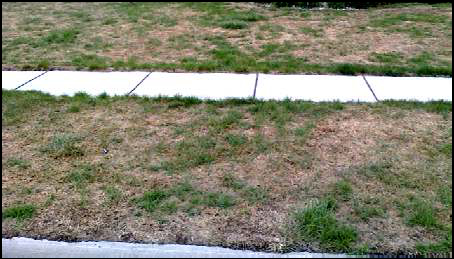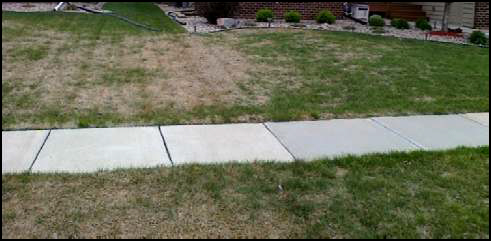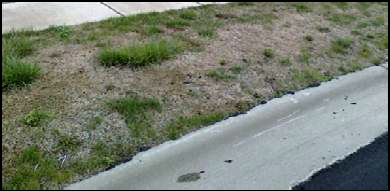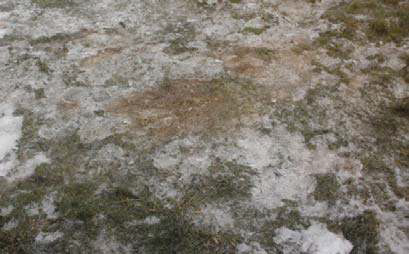CALL FOR A FREE ESTIMATE
Your Turf Management Professionals
CALL FOR A FREE ESTIMATE
Your Turf Management Professionals
For seasons like that of 2011: drought stricken, hot and humid, and winters with NO snow cover, the chances of winterkill are great. Although we like the warmer temperatures and minimal snowfall, our lawns think otherwise.
The University of Nebraska Lincoln (UNL) predicted higher than normal winter kill for the spring of 2012, especially for those that did not water continually the previous year, because of the lack of moisture we experienced after July 2011. And that prediction came true with many lawns suffering with bare, thin, and brown spots, and patchy grass.
The series of bad weather patterns that we experienced through the 2011 season & the lack of snow cover that winter, led to severe winterkill damage throughout the region. We experienced the driest fall season since the early 1900’s. With just .20 inches in the rain gages for the month of September, Sioux Falls and much of KELOLAND set records. Not only did September 2011 go down in the books as the second driest on record, we only had 1.6 inches for August and September combined which is also the driest for the two months combined.
We also had terrible heat and humidity. In addition to the hot temperatures, humidity levels during this heat wave rose to extreme levels at times. At times dew‐point values soared into the 80‐83F range, which when combined with temperatures in the 90s to near 100 F, lead to very oppressive heat indices.
Because of this, many lawns were dormant or extremely stressed as they went into the winter months, relying on already short water reserves. It soon froze and we didn’t have sustainable snow cover to replenish the water reservoirs or to provide protection for the grass. The snow cover we did receive was short lived and it was already too little too late. Most common areas affected are elevated burm‐type areas, exposed areas, front yards and other areas along sidewalks and driveways and areas will need to be re‐established by seed or sod.


To help prevent losing your grass to winterkill, water 2x/week, ½” each time when rainfall doesn’t happen. Otherwise our bluegrass lawns will start to go dormant if 1” of water per week is not provided and will start to die if there is not 1” of water received in a 4 week period.
In South Dakota, our winters can be long and grueling. In order for us to drive safely on icy, snowy roads, salt and gravel needs to be applied to the roads. When snow plows come through to clear the snow from the road, some of this salt and gravel gets plowed onto our boulevards. This salt changes the Ph of the soil and can cause grass dieback and/or thinning. This now opens up the area to weeds because it’s not a lush, healthy lawn. Over‐seeding can help if the area is extremely bare.

To avoid the slimy, crusty, mold substance on your grass in early spring, mow short the last mowing of the season and pick up leaves and pet waste before the snow falls. If left tall, the grass will fold over itself under the snow & that creates a perfect environment for mold to grow. There are 2 varieties of snow mold: white and pink.

A company representative will contact you as soon as possible, which is normally within 24 hours.

Monday - Friday : 8:00 am - 5:00 pm
7407 Arrowhead, Sioux Falls, SD, 57110

Monday - Friday : 8:00 am - 5:00 pm
7407 Arrowhead, Sioux Falls, SD, 57110
Did you know that a well-groomed lawn can increase your property value by 10-15%? Going strong for more than 30 years we provide an array of services that will keep your outdoor environment healthy and inviting.